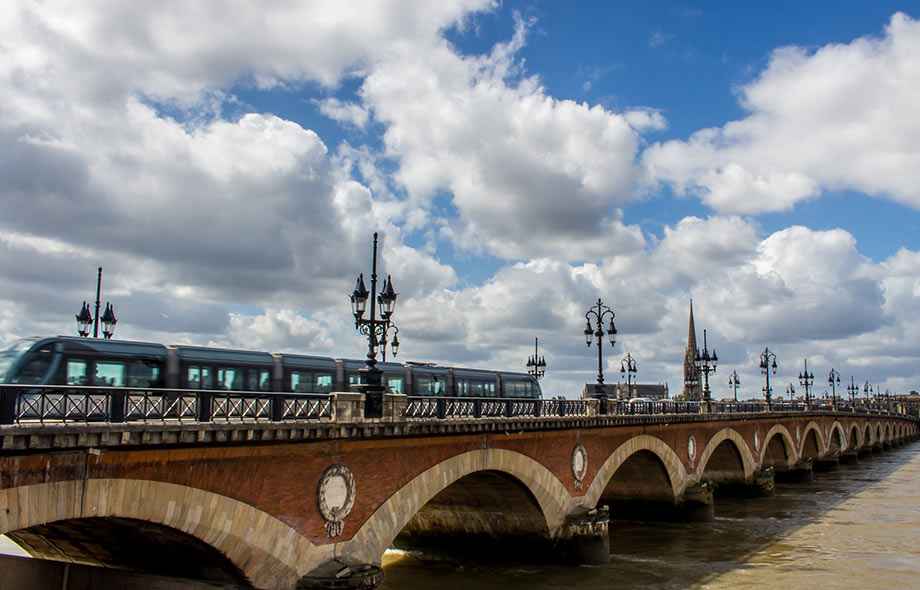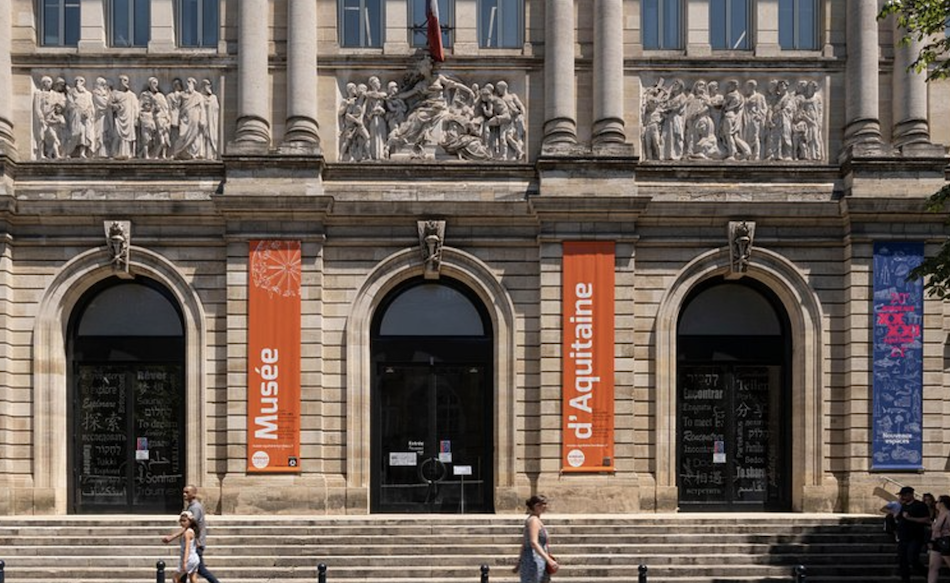2019-11-29
The Pont de Pierre of Bordeaux
The stone bridge, listed as a historic monument, connects the city center with the La Bastide district. Focus on the very first bridge built in the Bordeaux city.

Stepping over the Garonne, Napoleon's Bordeaux challenge
Since ancient times, the city of Bordeaux in the South West has sought the best way to overcome a natural obstacle that cannot be overcome: the Garonne. The need to meet this daunting challenge has grown as the city has grown. Crossing the river aboard ferries was a solution for a while, but its limits became more and more visible. The first project to build a stone bridge in Bordeaux to cross the Garonne was mentioned at the end of the 18th century. The project eventually succeeded and the stone bridge was built between 1810 and 1822 on the orders of Napoleon Bonaparte. Claude Deschamps, engineer of bridges and roads, directed the works with the collaboration of the future mayor of Bordeaux, Jean-Baptiste Billaudel.
Claude Deschamps first had in mind a wooden bridge placed on piles of stone, and iron arches to gain strength. He finally opted for stone and brick. The first stone was laid in 1812. The flood of 1813 which washed away part of the foundations and the problems of financing delayed the works. The stone bridge of Bordeaux was inaugurated twelve years after the first works, on May 1, 1822. It was baptized in turn Pont Napoleon, Pont Louis XVIII, Pont de Bordeaux, Pont de la Garonne and Pont d'Aquitaine. Crossing the Garonne from the left bank to the right bank then made it possible to develop Bordeaux exponentially.
Architecture
Classified as a historic monument in 2002, the stone bridge of Bordeaux is 486 meters long, for a width of 19 meters. It is made up of 17 arches and has the particularity of sheltering invisible galleries from the bridge and the banks of the Garonne. These galleries contain measuring devices such as sensors, which allow close monitoring of the condition of the bridge and its structure. Some galleries are sometimes open to the public and you can get there in 20 minutes on foot from our real estate agency in Bordeaux.
The brick piles are decorated with a white medallion in tribute to Napoleon. We can see there 3 crescents which intertwine, symbol of the coat of arms of the city.
Due to its history, location and architecture, the stone bridge has become one of the symbols of Bordeaux and the Gironde, like the Place de la Bourse.
Development work
The roadway, deemed too narrow, was widened several times. In 1924, its width increased from 15 to 20 meters. This metamorphosis made it possible to build 4 traffic lanes, sidewalks and bicycle paths.
In 2004, refurbishment work was carried out to allow the routing of components of Airbus aircraft by inland waterway to Langon. Candelabras were installed in 2011 to embellish it, restore it to its original appearance and improve illumination.
Long open to traffic, the stone bridge of Bordeaux became inaccessible to car traffic recently, in July 2018. Only pedestrians, cyclists and public transport (bus, tram ...) can now cross it. The central part is reserved for line A of the tramway, and cycle paths have been set up to facilitate safe cycling. Cars and two-wheeled motor vehicles wishing to cross the Garonne must take another bridge (Chaban Delmas bridge, Pont Saint-Jean).
The view of the stone bridge of Bordeaux is particularly attractive after dark, from the right bank of the Garonne on the quays. Representing for a long time a main artery between the historic center and the La Bastide district for cars and taxis, it is today the delight of walkers and cyclists. If you have booked your rental in Bordeaux and want to see the most beautiful places of interest in the city, make no mistake, the passage over the Pont de Pierre is a must in Bordeaux Métropole, as much as a passage through Quinconces or the Chartrons!


